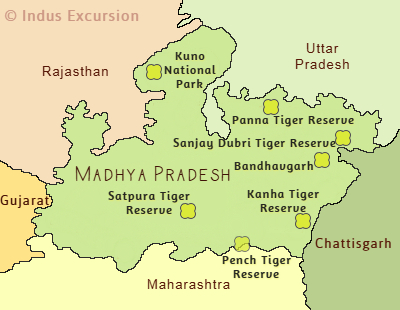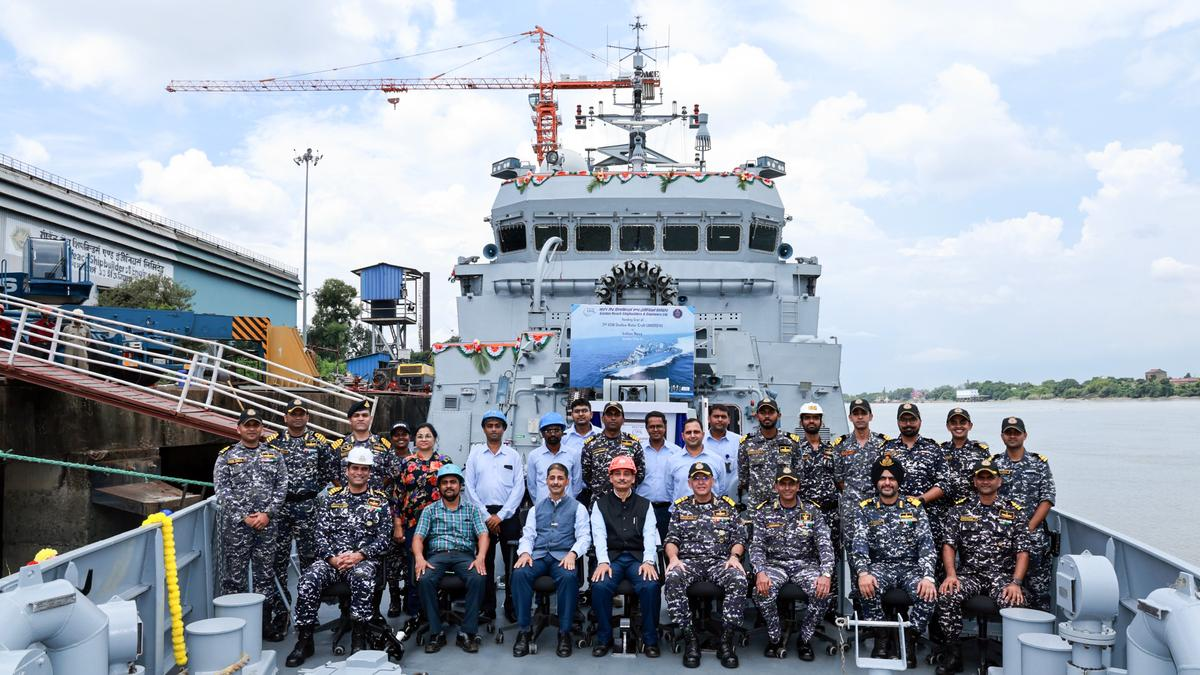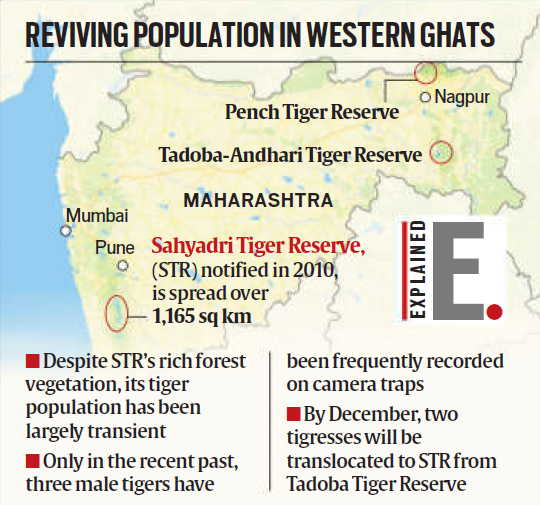Examining Waqf Act 2025, Supreme Court’s interim order, and the balance between religious freedom, accountability, and law.

Introduction
The Waqf (Amendment) Act of 2025 has triggered intense debate in India. On 15 September 2025, the Supreme Court delivered an interim order addressing several challenges to the new law. The Court suspended some provisions, such as the power granted to district collectors to investigate the status of Waqf properties and the rule that required a person to prove five years of practising Islam before creating a Waqf. It also placed limits on the number of non-Muslims who may serve on the Central Waqf Council and State Waqf Boards. However, the Court declined to suspend the entire Act, allowing other reforms to continue.
This decision followed petitions from political leaders and organisations who argued that the law breached the Muslim community’s constitutional right, under Article 26, to manage its own religious affairs. Critics, most notably legal scholar Faizan Mustafa in his column “Policing Charity” (The Indian Express, 16 September 2025), claim that both the Act and the Court’s ruling weaken religious freedom and undermine the autonomy of Muslims. Mustafa maintains that the Act creates unfair restrictions, discriminates against non-Muslims, and allows excessive state control over religious matters.
This essay presents a counter-argument. While Mustafa’s defence of liberty is sincere, his view neglects key constitutional principles, the religious character of Waqf, and the state’s legitimate responsibility to ensure fairness, accountability, and protection against misuse. To understand why his claims are problematic, it is necessary first to examine the very nature of Waqf and how it differs from ordinary charitable institutions.
Nature of Waqf
A Waqf is not a mere charitable trust but a religious endowment under Islamic law. Property is permanently dedicated “in the name of God” for religious or charitable use, making it distinct from secular endowments. This religious character is crucial. Other religions in India also have faith-based institutions with legal protections: Hindu temples, Sikh gurdwaras, and Christian trusts each function under their own rules, usually restricted to adherents of that faith.
Indian law respects these denominational boundaries. To allow cross-religious creation of waqfs, as Mustafa suggests, would distort the institution’s nature. If anyone could create a waqf, its link to Islamic tradition would be diluted, weakening both its doctrinal integrity and its community role. Understanding this helps to frame the Supreme Court’s role in balancing faith with constitutional law, since the judiciary must both respect religious autonomy and guard against misuse.
Court’s Interim Role
The Supreme Court’s interim order ran to 128 pages, a length Mustafa dismissed as needless overreach. Yet this overlooks the judiciary’s duty. When laws passed by Parliament face constitutional challenge, the Court must provide detailed reasoning, even at the interim stage. Such explanations are vital to show the public and the parties involved why some provisions seem to breach constitutional principles and deserve suspension, while others may stand. Transparency builds trust in judicial decisions and prevents the impression of arbitrary action. Constitutional theory often describes India’s model as one of maintaining a “principled distance” from religion, where the state neither wholly separates from faith nor fully aligns with it. In this model, the Court’s task is to balance religious freedoms with wider state interests. Its detailed interim order reflects this responsibility, rather than straying beyond it. This balance is especially clear in the Court’s handling of the most disputed provision of the Act—the requirement to prove five years of practising Islam before creating a waqf.
Religious Practice Test
One major controversy is the law’s requirement that a person prove five years of practising Islam before creating a waqf. Mustafa views this as “moral policing” that divides Muslims into “good” and “bad” believers. He warns that it gives the state power to define religious identity, which contradicts secular principles.
This critique has force, but it overlooks the Court’s actual response. The Supreme Court stayed this provision, precisely because no clear mechanism existed to implement it fairly. The Court directed the government to draft objective rules to prevent fraudulent claims while avoiding intrusive judgement on personal faith.
Across the world, secular states often regulate religious acts when property or finance is involved, aiming to prevent fraud and protect doctrinal integrity. Seen in this light, the Court’s intervention was not moral policing but a careful effort to balance individual liberty with accountability and institutional trust. This same concern for preserving both integrity and fairness also underlies the debate on who may create a waqf, a point where Mustafa raises his strongest objections.
Non-Muslims and Waqf
Mustafa also argues that excluding non-Muslims from creating a waqf is discriminatory, especially since they can serve on waqf boards and since waqfs often support secular causes like schools or hospitals.
However, this claim confuses general charity with religious endowment. Non-Muslims retain full rights to form secular trusts or donate to charitable causes. What they cannot do is employ the specifically Islamic institution of waqf, which requires religious conformity to maintain authenticity. Permitting outsiders to create waqfs risks eroding its religious foundation.
Article 26 of the Constitution protects the rights of “religious denominations” to manage their own affairs. By limiting waqf creation to Muslims, the law safeguards this autonomy rather than undermining it. Mustafa’s position, if accepted, could unravel the denominational protections granted to all faith communities. The same tension between equality and autonomy also arises in the treatment of property disputes, where Mustafa challenges the application of general legal rules to waqf cases.
Property Disputes
Another issue concerns the application of the Limitation Act to waqf disputes. Mustafa views this as a setback, noting that some Hindu endowments still enjoy exemptions. He argues that equality demands similar privileges for Muslim institutions.
Equality before the law demands uniformity rather than an endless spread of exceptions. Applying limitation periods to waqf cases promotes timely settlement of disputes and prevents perpetual uncertainty over ownership. The fact that some Hindu endowments still enjoy exemptions is not a reason to widen privilege but an indication that those anomalies require reform. Neutral, generally applicable laws are central to fairness, ensuring that no community remains above the common legal framework. By insisting that waqfs follow the same property rules as others, the Court reinforced equality and avoided treating them as a permanent legal exception. A similar concern with fairness and legal certainty shaped the Court’s view on another contentious matter—the abolition of “waqf by use.”
Waqf by Use
Mustafa laments the abolition of “waqf by use,” where land repeatedly used for Muslim purposes could be declared waqf. He argues that courts have upheld the principle and that Waqf Boards already oversee such matters. However, this doctrine was widely misused. Government land was sometimes encroached upon and claimed as waqf without proper documentation. The state’s interest in safeguarding public property and ensuring clarity of titles outweighs the uncertain benefits of waqf by use.
The Court upheld the government’s view that abolishing “waqf by use” was necessary to curb fraud and prevent land-grabbing. Legal theory emphasises that the state must regulate religious endowments to ensure transparency and stop the misuse of sacred laws for secular advantage. By favouring clear, formal property titles, the Court prioritised certainty and the protection of public assets over a vague and easily exploited doctrine. Earlier judicial support for “waqf by use” does not diminish Parliament’s present authority to amend the law in response to modern challenges of encroachment and fraudulent claims. This example highlights how measured state oversight can safeguard both institutions and the wider public, a balance often overlooked in Mustafa’s critique.
Secular Balance
Mustafa’s overall stance elevates religious autonomy to an absolute principle, portraying any state involvement as illegitimate. Yet Indian constitutionalism does not endorse absolute autonomy for any group. Instead, it embraces pluralism: communities have rights, but these coexist with the state’s duty to uphold justice, equality, and the rule of law.
Experience shows that unchecked Waqf formation has often led to disputes over ownership, encroachments, and misuse of resources. Research highlights the need for some state oversight so that Waqfs serve their true charitable and religious purposes rather than becoming tools for fraud or corruption. Limited regulation, therefore, protects rather than weakens religious freedom. Constitutional thinkers also stress that autonomy cannot mean exemption from duties. Religious groups enjoy rights, but these are subject to justice and equality, since absolute freedom risks harming both harmony and fairness.
The Supreme Court’s interim order reflects this balance: it restrained excessive state power while preserving reforms needed for transparency and good governance. In doing so, it demonstrated how constitutional pluralism can protect both religious freedom and public interest. This broader perspective sets the stage for evaluating Mustafa’s critique in its entirety.
Conclusion
Faizan Mustafa’s defence of liberty and inclusivity is heartfelt, but it falters when weighed against the legal, constitutional, and practical dimensions of religious endowments. Waqf is not just a charitable tool but a faith-bound institution, deserving both respect and regulation.
The Supreme Court’s interim order demonstrates the “principled distance” model in action: protecting religious freedom while ensuring property law remains fair, preventing fraud, and preserving public interest. The state has a role—not to dictate faith, but to safeguard institutions from misuse.
In the end, the Court’s cautious approach maintains the delicate balance between faith and law. It affirms that religious autonomy is vital, but never absolute. Justice and equality demand that freedom of religion be exercised within a constitutional framework that serves both communities and the wider society.
Subscribe to our Youtube Channel for more Valuable Content – TheStudyias
Download the App to Subscribe to our Courses – Thestudyias
The Source’s Authority and Ownership of the Article is Claimed By THE STUDY IAS BY MANIKANT SINGH







